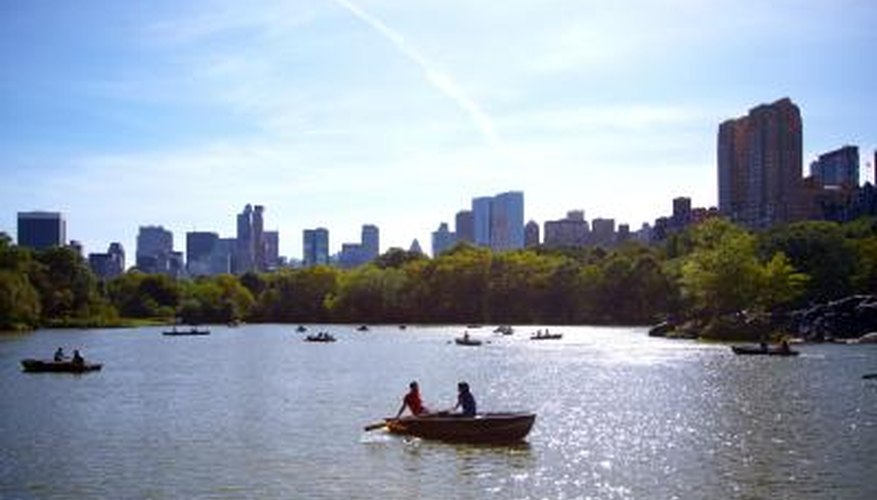Man-made and natural habitats refer to environments where several species live. How these environments are built up is different, but they both sustain life. A natural habitat is untampered with by humans, and a man-made habitat is built by humans.
- Man-made and natural habitats refer to environments where several species live.
Natural Habitat
A natural habitat refers to an environment that is organic and the result of natural processes. Natural habitats are environments such as desert, forest, jungle, arctic tundra and oceans. These environments are natural and have not been interfered with by mankind.
Man-Made Habitat
A man-made habitat is an environment that has come about by human interference. These habitats contain elements and features of a natural habitat but also usually have synthetic features too, such as plastic and chemicals that do not appear in nature. Man-made habitats are cities, towns, houses, roads and anything else that has been built up by humans.
Effects of Natural Habitats
Natural habitats are environments in which a natural balance between plants and animals is sustained because there is little or no human interference with nature. The food chain remains steady, as particular animals are not repeatedly hunted and certain plants are not cultivated over others.
Effects of Man-Made Habitats
Man-made environments usually cause natural habitats to be destroyed, at least to a small degree. For example, the clearing of tropical forests for the production of grazing pastures in South America is an example of how man-made environments destroy natural habitats. This causes pollution, destruction of natural habitats and a loss of biodiversity.
